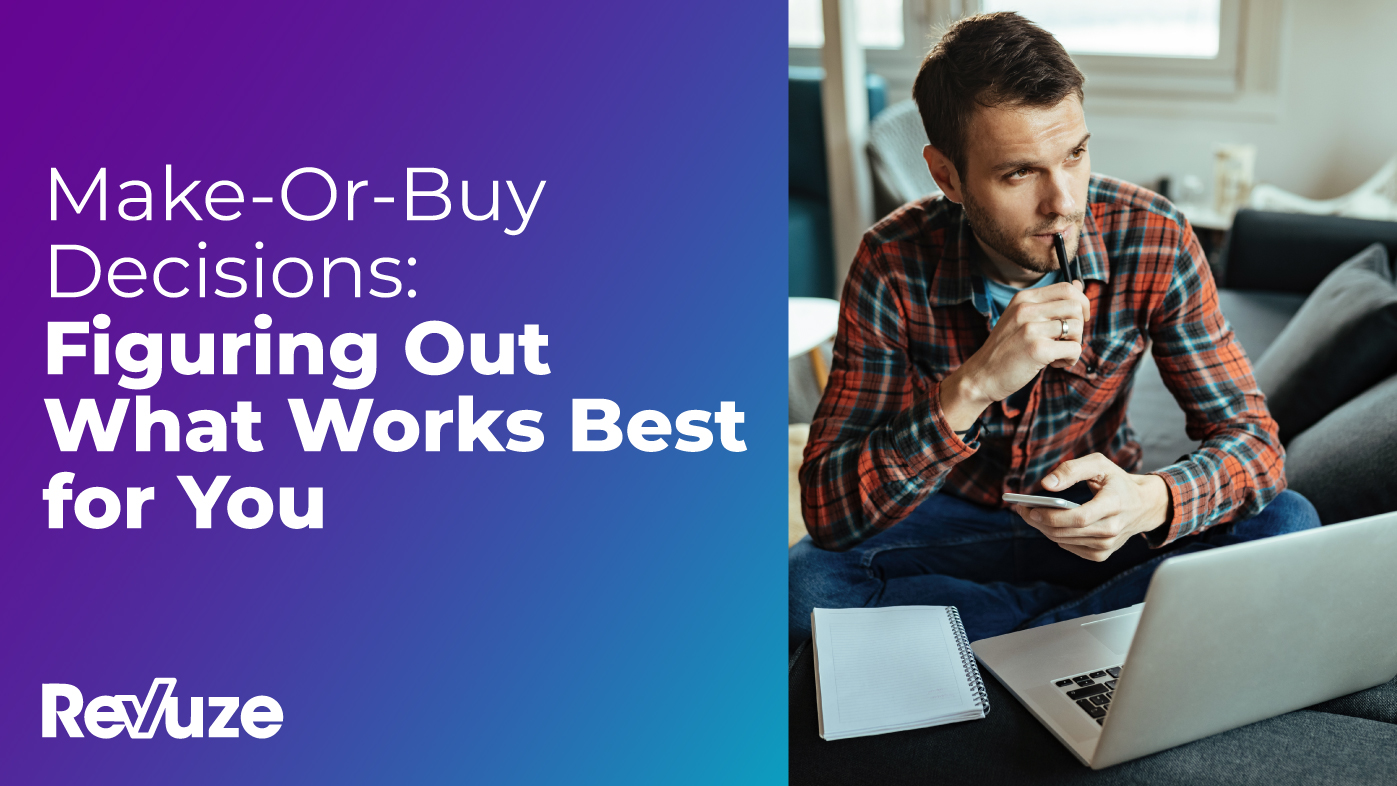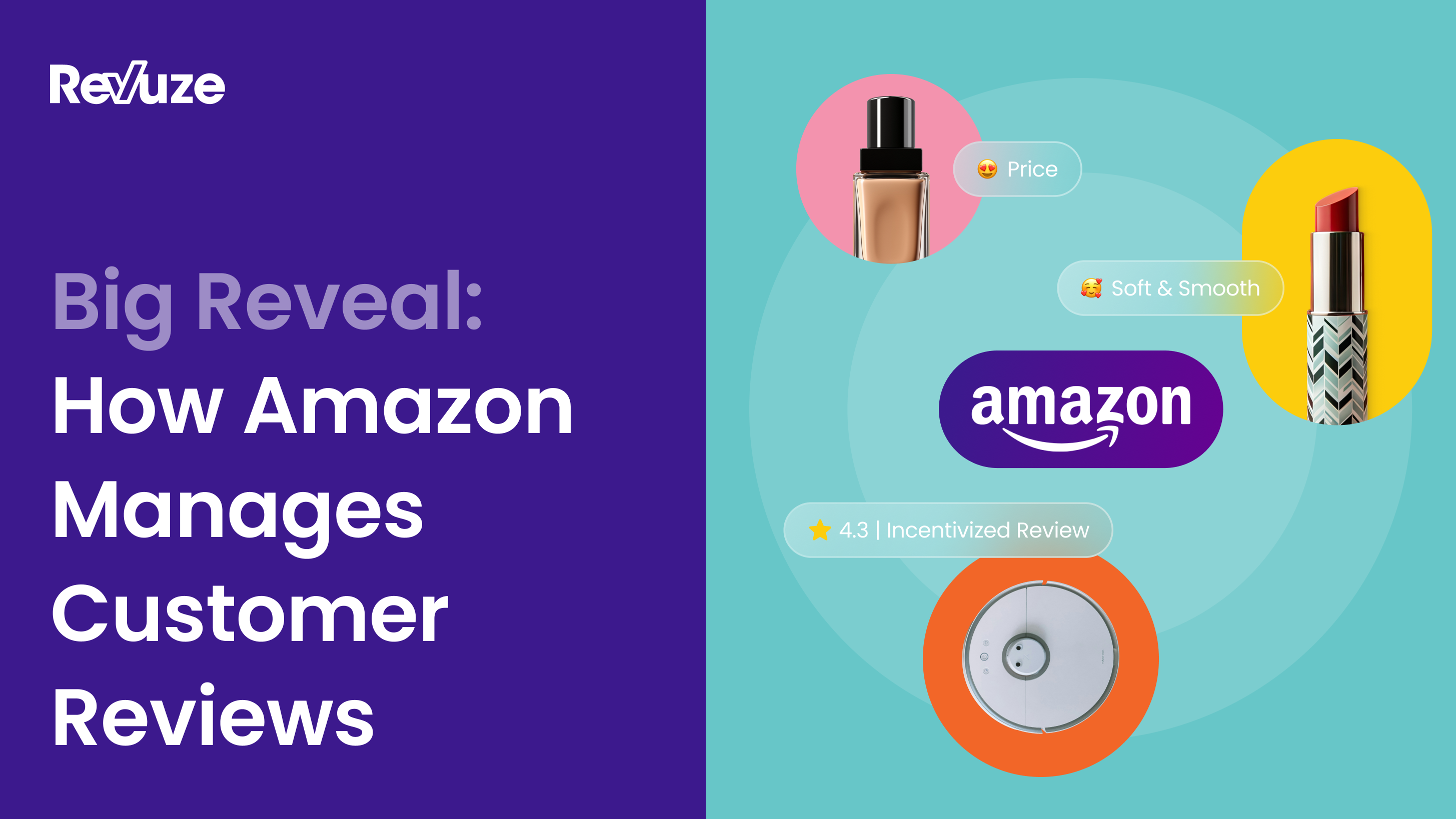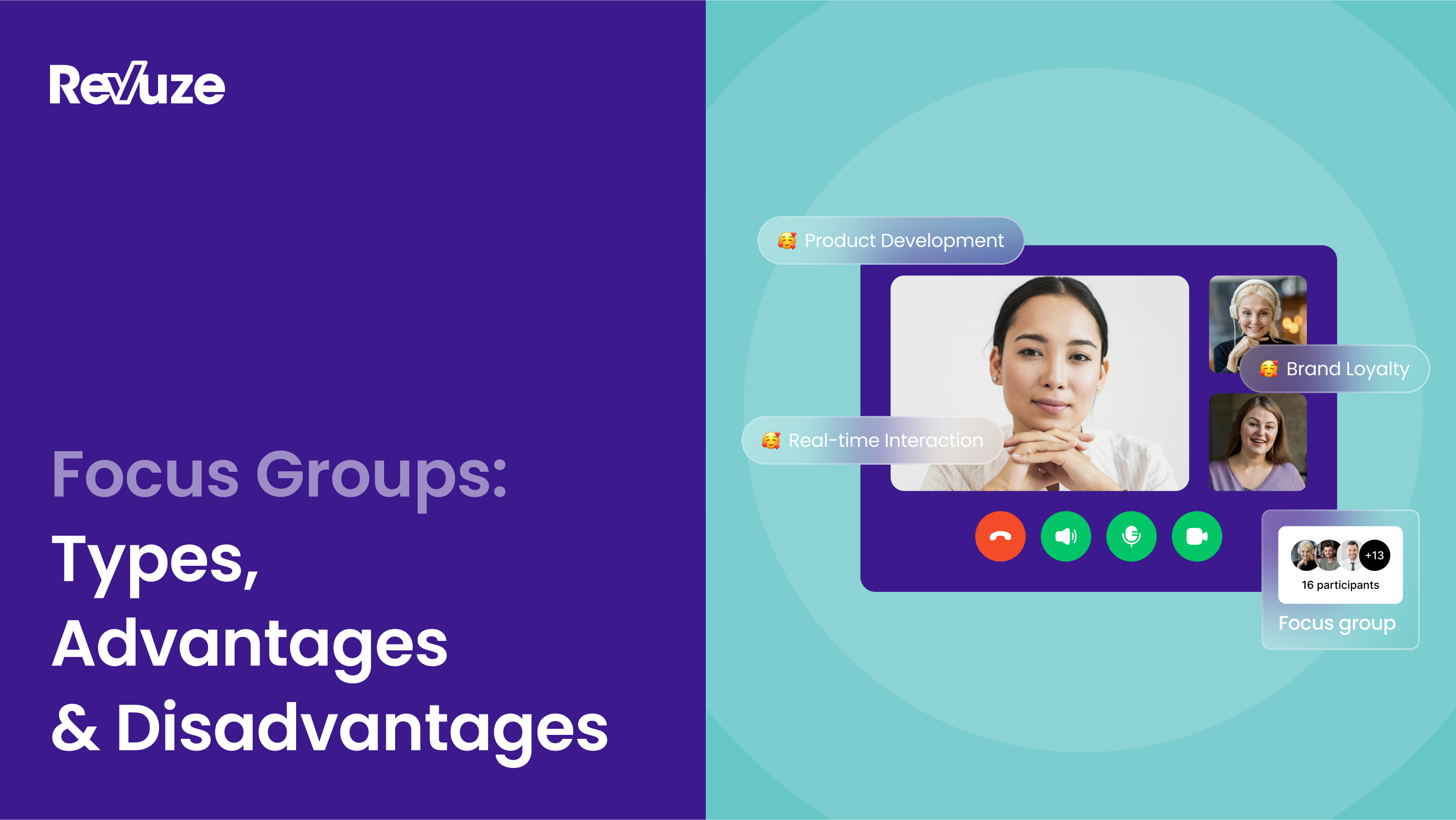
While ecommerce is online-based, some brick-and-mortar principles must be taken into consideration. One of the most common ones is the make-or-buy decision, providing food for thought for businesses in the past decades. Learn what it means, and how to decide if you should make or buy.
It’s an old-time dilemma in manufacturing & traditional industries.
When you need a part, do you make it or buy it?
This question pops up in situations where you need a part and have two options for how to obtain it:
- To create, manufacture or otherwise make a needed part yourself.
- To purchase the needed part from another party.
Now you might be thinking, this doesn’t seem relevant to the world of ecommerce. What’s going on here? ????
Let’s start with this pressing question, then.
How are make-or-buy decisions relevant to ecommerce?
This decision-making process can be applied in places other than manufacturing.
Make-or-buy decisions can potentially affect all purchases of a business, whether they know it or not.
If you’ve purchased antivirus software for your computers, you’ve made a decision to buy it.
If you’re printing your shipping labels in-house, you’ve decided to make them.
While these are easy picks to make, sometimes you run into situations where the choice isn’t so easy to make. Here’s a quick look at some of them.
What are some situations in ecommerce that might force a make-or-buy decision?
It’s all well and good to talk hypotheticals, but we need real examples to set the ball rolling here.
Using an ecommerce platform
When you’re starting out on your ecommerce journey, one of the first things you ask yourself might be “Where am I going to host my store?”
There are plenty of pre-existing platforms out there. Amazon, eBay, and Etsy, to name but a few. You could quite easily set up shop there, pay them hosting fees, and conform to their guidelines.
Or.
You could create your own custom website, tailored to your specific idea of how you want your shop to look, and run it yourself.
Both options have their pros and cons. Creating your own website will come with higher degrees of flexibility, zero hosting fees, and no restrictions on what you can and cannot do.
On the other hand, you’d need to create your website from scratch, maintain it, and host its servers yourself.
It’s a tough decision to make and largely depends on your resources, size, and technical know-how. For newcomers, it might be best to test the waters with the big players out there, giving you a feel of the process. Later on, once you need the flexibility and feel like you’re up to the task, you can spread your wings and create your own store.
Website creation
To carry on from the example above, it’s worth mentioning the decision that you make when you’re creating a website. Let’s say you made the choice to go with your own website, and now you’re looking for how to make one.
There are a couple of options:
- Have your team create one themselves.
- Hire an outside professional to create it for you.
- Use a website template as a middle ground.
Your choice will naturally be influenced by your available on-staff expertise and your team’s workload. On top of that, you’ll need to consider where and how to use your limited human resources.
Of course, there’s also the factor of cost.
Hiring a professional might get you there faster and easier, but it can prove more expensive compared to an in-house job.
Make or buy it, then? Yeah, the answer isn’t so simple.
Make-or-rent decisions
One important factor to note about ecommerce is that due to the nature of going digital, some costs will be recurring, rather than flat. Think subscriptions, monthly fees, etc.
It might be appropriate to rename the dilemma to make-or-rent, but that doesn’t quite have the same ring to it, now does it?
The ultimate point is that you shouldn’t be put off by the high initial costs of making if you’re getting a forever asset out of it, compared to an initially low-cost buying (or renting/subscribing) decision that will only get more expensive as time goes on.
On the flip side, some assets need constant updating and as such might be cheap to make, but wouldn’t be nearly as cheap to maintain as if you had simply bought from a professional.
One thing to keep in mind is that these decisions aren’t final. Ecommerce has flexibility that regular commerce doesn’t, with assets being able to be moved in mere seconds rather than months.
How do you decide whether to make-or-buy?
One mistake that a lot of people make is assuming that make-or-buy decisions are solely influenced by cost.
While it’s true that the cost of acquiring an asset is definitely a big factor, there are also other factors. Nominally, how well the asset will fit into your operations.
You might think that if you’re buying something it would be a perfect fit. That’s a nice thought, but more than often this thought doesn’t translate into reality.
This is especially the case in the world of ecommerce, where software and other pre-existing assets are often only affordable in pre-existing packets. Custom software is very expensive, with small businesses especially only having the budget for premade variants.
With that in mind, let’s go through the four steps for making a make-or-buy decision.
#1 Lay out the pros/cons of making
The advantages of making usually include:
- Lower overall cost.
- Higher ability to tailor the asset to your needs.
- Better customization options.
- The ability to alter the asset in the future.
- Easier integration into your workflow.
Meanwhile, the cons can be along the lines of:
- Limited support.
- A longer time frame for obtaining the asset.
- Requiring employees with this expertise.
- Non-standard code (if software-based).
These might not be strictly true in all cases, however they generally hold true.
Now, you might have a question about the last con we mentioned, that of non-standard code. Let’s break down why that might be a problem.
While companies that create software might enforce standards, a freeform in-house creation will do anything that it needs to in order to get the job done.
This might sound like a good thing, but it may make the code highly difficult to interpret by anyone else. This means if the particular employee or group of employees that wrote the code is unavailable, it will be more difficult for anyone else to work with it.
#2 Lay out the pros/cons of buying
Buying an asset generally comes with:
- A more standard code base (if software-based).
- Greater support.
- Speedier acquisition.
- A more professional look.
- A guarantee or warranty.
- The ability to use assets outside of your area of expertise.
On the other hand, you have:
- Higher costs.
- Fewer customization options (unless you’re willing to pay more).
- Inability to change the asset without going back to the manufacturer.
- Possible difficulties integrating with other areas of your business.
- Potentially having to purchase other assets to keep this one running.
As mentioned before these aren’t always the case, but as a general rule of thumb, they’re something to look out for.
#3 Decide which factors are your priority
As mentioned earlier, it’s not all about cost. Sometimes you want to have a better asset, even when you have to pay more money for it. So, what is the right way to choose? Well, it’s all about priorities.
Whenever you purchase an asset, you do it for a reason. That reason should form the basis of your decision.
Say you were looking for software to track your sales and log the information. The purpose behind that would be to make your admin easier.
There’s always a core reason. Otherwise, there’d be no motive to obtain the asset in the first place.
#4 Make a choice based on the available information
Once you’ve got your priorities in your mind, and the pros/cons listed, it’s time to compare them.
Ultimately, cost can be a limiting factor only in these decisions. It’s not just about what’s the best option, but what’s the best option that you can afford. At this point, you should strike off any options you can’t find the budget for.
Once you’ve eliminated the impossible, whatever remains is what you can realistically use. From there, you should apply your priorities to decide which of the remaining options best fits your needs, and select that one.
Simple, straightforward, easy.
Wrapping up
Hopefully, you’ve learned something about make-or-buy decisions today, and have come away feeling more confident in your ability to make them.
While you’re here, why not check out our guide to ecommerce personalization, and use the principles you’ve learned here to decide if it’s right for you.
 All
Articles
All
Articles Email
Analytics
Email
Analytics








 Agencies
Insights
Agencies
Insights